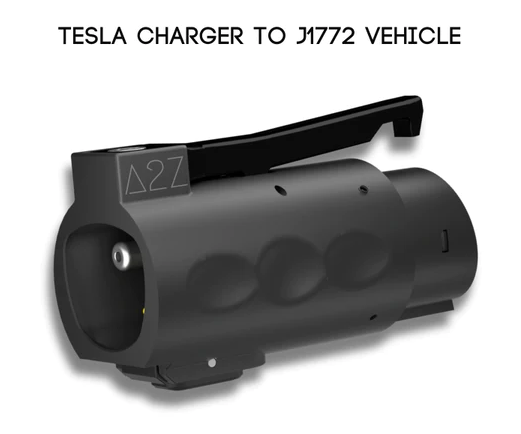this post was submitted on 01 Mar 2024
6 points (100.0% liked)
[Dormant] Electric Vehicles (Moved to [email protected])
3222 readers
1 users here now
We have moved to:
Archive
A community for the sharing of links, news, and discussion related to Electric Vehicles.
Rules
- No bigotry - including racism, sexism, ableism, casteism, speciesism, homophobia, transphobia, or xenophobia.
- Be respectful, especially when disagreeing. Everyone should feel welcome here.
- No self-promotion.
- No irrelevant content. All posts must be relevant and related to plug-in electric vehicles — BEVs or PHEVs.
- No trolling.
- Policy, not politics. Submissions and comments about effective policymaking are allowed and encouraged in the community, however conversations and submissions about parties, politicians, and those devolving into general tribalism will be removed.
founded 2 years ago
MODERATORS
you are viewing a single comment's thread
view the rest of the comments
view the rest of the comments

It doesn't really work that way.
The only difference between level 1 and 2 is voltage. 200+ is level 2, and at the amounts we're talking about, it doesn't matter. The wiring/adapter cares about amperage far more than voltage. As another example, a 240V circuit at home uses the same wiring as 120V, assuming the amperage is the same; the only difference is how it's connected in the panel.
However, there should be (and is!) rating for amperage. I've seen plenty of 40A adapters out there, which would be a problem if you use them on a 48+ amp power source with a car that can use it. The adapter doesn't de-rate anything.
As for level 3, that's kinda like your mom calling a Sega Genesis "Nintendo" - everyone knows that you mean but it's not technically correct. Really it's called DC fast charge, because rather than converting a relatively small amount of AC into DC in your car, a much bigger transformer is part of the charger setup and that power goes pretty much straight to the battery. In a CCS plug, it's in those two extra pins below the J1772. As mentioned elsewhere, it uses a much different protocol to communicate with the car so it wouldn't initiate power if it's not made for it.
What I'm still unsure about is if the upcoming adapters will support a NACS plug on an AC or DC circuit. If I can use the same adapter at a hotel or on a road trip, that would be neat! But it would still be a bit different than "rating" levels 1, 2, or 3.
The NACS to CCS1 adapters I've seen are DC only. An AC/DC adapter would somehow need to detect what kind of charger is connected and switch to the correct pins. Relays capable of switching 500+ amps are $$$.
You say "it wouldn't initiate power", but how does the DC charger know if you're using an AC adapter?